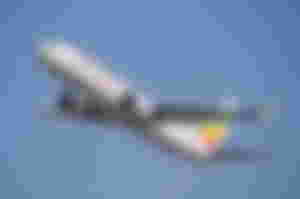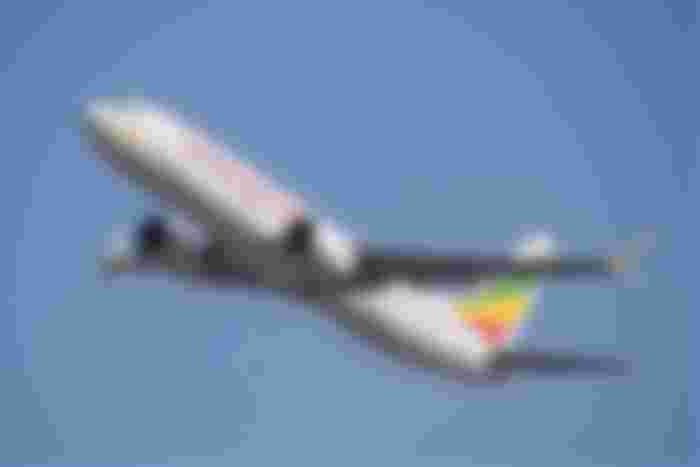The disaster of flight 302: Ethiopian Airlines
Here’s what really happened to Ethiopian flight 302:
On March 10th 2019, Ethiopian flight 302 took off from Bole international airport, Addis Ababa, Ethiopia and was scheduled to land at Jomo Kenyatta International airport, Nairobi, Kenya.

The aircraft operating flight 302 is a 4 month old Boeing 737 Max 8 registered as ET-AVJ and was powered by two CFM International Leap engine. The aircraft was manufactured in October 2018 and delivered on 15 November 2018.
The Ethiopian airline flight 302 began the takeoff roll from runway 07R. Just a few seconds after getting off the ground, false readings were noticed by the flight crew on the captains AOA sensor. The sensor first indicated 11.1, then 35.7 then 74.5 and in a while the left stick shaker activated. Also, the airspeed, altitude and flight director pitch BAR values shown on the captains side was different from the first officers side values. The captain tried to engage the autopilot twice but it failed and resulted in autopilot warnings. At about 1,000 Feet the left autopilot was engaged and the pitch trim position decreases to 4.6 units. Just six seconds later, there were small amplitude roll oscillations accompanied by lateral acceleration, rudder oscillations and slight heading changes. The first officer then moved the flap handle from 5 to 0, and the flaps retraction began. In a few seconds, the selected headings starts to change from 072 to 197 and the captain requested the first officer to maintain runway heading. The autopilot disengaged in a few seconds and the pitch trim moves from 4.60 to 2.1 units and an automatic nose down activates for 9 seconds. Suddenly, the aircraft started to tilt ground wards and the ground proximity warning system alarmed. To counteract this, the tilt, the crew moved the control Column AFT and successfully re-established a positive climb but the aircraft still descended slightly. The trim of the horizontal stabilizer was reduced several degrees causing the tilt down so the crew raises it again in the aircraft nose up direction to 2.4 units. Just 5 seconds later, after the ANU stabilizer motion, a second instance of automatic stabilizer trim occurs and the stabilizer moves down to 0.4 units. The ground proximity warning started to alarm again. The crew used the trim button on their controls to counteract this automatic change of the stabilizer down. The crew then disabled the trim stab. And for the third time, the automatic trim command occurs without any corresponding motion of the stabilizer, which is consistent with the stabilizer trim cut-out switches and are in the cut-out position. The crew tried to counteract this by pulling their control column and in a while the over speed warning alarms as the engines are still in full take off power. The pilots then decided to return to the airport and they reactive the trim stab to try again with the electric stabilizer trim switch on the control column which worked and two momentary manual electro trim inputs are recorded in the ANU direction. However, in a short while, an automatic trim command occurs and the stabilizer moves down again without being commanded by the crew. The aircraft then began to pitch downwards eventually reaching about 500Kts and crashed six minutes after take off near the town of bishoftu.

The accident is still under investigation and there hasn’t been any final words yet
The preliminary report says there were many significant similarities in data between another lion air disaster involving a Boeing 737 MAX 8 in October 2018.
Following this crash, Ethiopian airlines have grounded all Boeing max aircrafts the same day and eventually all Boeing max aircrafts worldwide were grounded.
In memory of the 157 passengers and crew who lost their lives onboard.
by Airmaster


Thanks for the tips! @cain @Telesfor @Read.cash